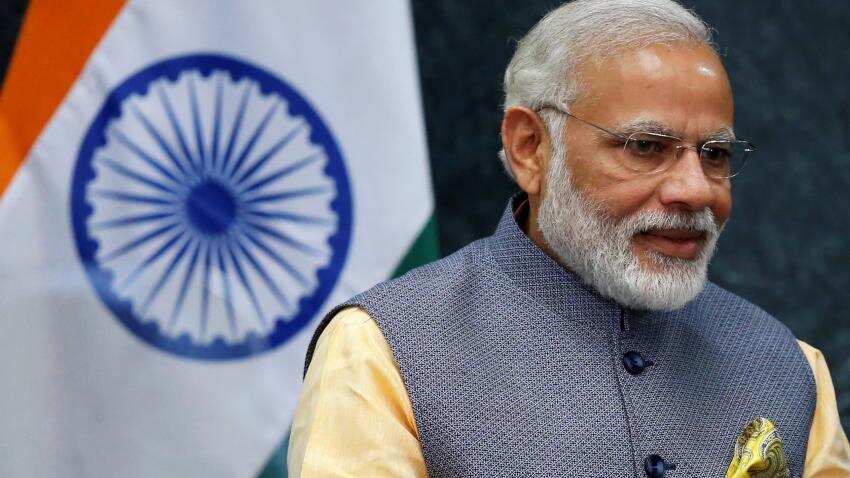Nuclear Suppliers Group (NSG) will meet in Vienna on June 9 to review India’s application for membership. Although Prime Minister Narendra Modi has left no stone unturned in securing approval from Switzerland, Mexico during this 5-nation tour that ends today, it is the China hurdle that may seem too big to hoop over.
NSG is made up of 48 members, including the US, United Kingdom, France, Argentina, Canada, Switzerland, Mexico, Ireland and China. Argentina is the chair for the current year.
Why does India want entry into NSG?
The US Civil Nuclear deal of 2008 created a bifurcation of India’s civil and military nuclear reactors has already given the country a significant legitimacy in nuclear trade. Under the deal, nearly 3400 MW of nuclear power plants in India are under the observation of International Atomic Energy Agency (IAEA).
This means that India can import uranium for these reactors.
Currently, nuclear suppliers like France, the US, Russia, Canada, Argentina, Korea, among others have already signed agreements with India to supply uranium for these reactors.
Although India has signed uranium supply agreements with many countries, the reactors in India have been running on lower capacity because of uneven supply.
Moreover, with new plants like Kudankulum and six new reactors contracted with the US, India’s need for uranium for civilian power generators is only going to go up.
It is for this reason that India is seeking membership to the NSG to ease out uranium supply for these and future reactors.
R K Sinha, the former chairman of Atomic Energy Commission, told Business Standard, “India joining NSG will help further increase in more fuel supply and also in the volume of trade. Moreover, Indian suppliers will be able to bid for supply of various nuclear components in other countries, too.”
How does the NSG make its decision?
NSG states that it works on the basis of consensus. The term means a general consensus thereby making opposition of China a non-event. However, the Group aims at getting a unanimous consensus before making its decision.
The plenary meetings are held once a year.
The main pain point for China towards India’s entry to the NSG is her nonparticipation in the non-proliferation treaty (NPT). India hasn’t signed on the dotted line yet and isn’t expected to sign either.
However, France too, had joined the NSG without being party to the NSG.
The factors NSG considers for participation clearly state that being a signatory to the NPT or other regimes aren’t mandatory.
NSG states that a country applying for membership must ‘adherence to one or more of the NPT, the Treaties of Pelindaba, Rarotonga, Tlatelolco, Bangkok , Semipalatinsk or an equivalent international nuclear non-proliferation agreement, and full compliance with the obligations of such agreement(s) and support international efforts towards non-proliferation of weapons of mass destruction and of their delivery vehicles.’
India, even without being a signatory to NPT has been a fierce advocate of non-proliferation and has followed the principles even without being a member.
China, on the other hand, has helped Pakistan with its nuclear projects even after signing the NPT.
09:48 AM IST







 Full text: What PM Modi had to say on strengthening ties between India, Mexico
Full text: What PM Modi had to say on strengthening ties between India, Mexico PM Modi in Mexico; here's his complete schedule
PM Modi in Mexico; here's his complete schedule Mexico promises support for India's NSG membership
Mexico promises support for India's NSG membership